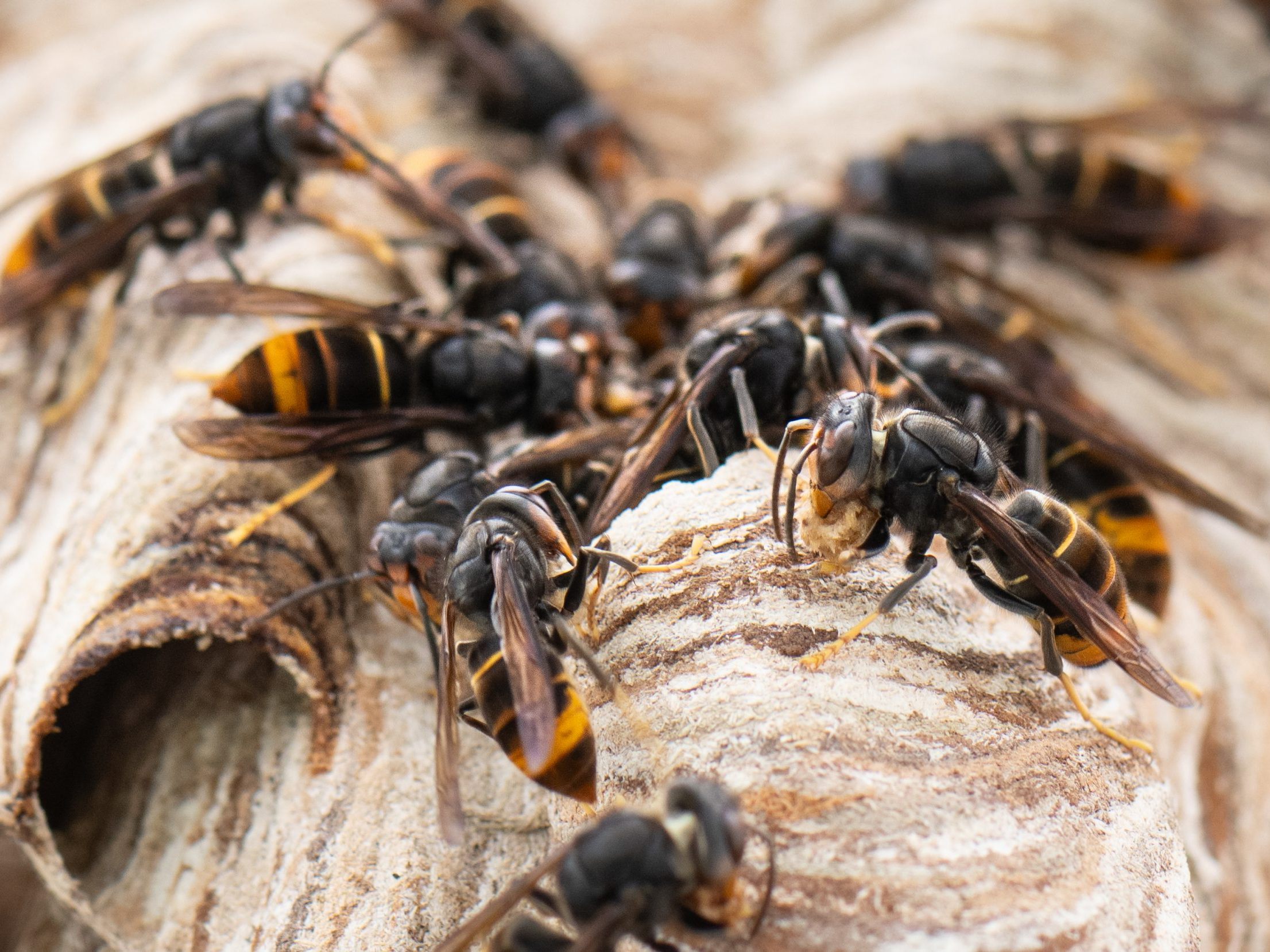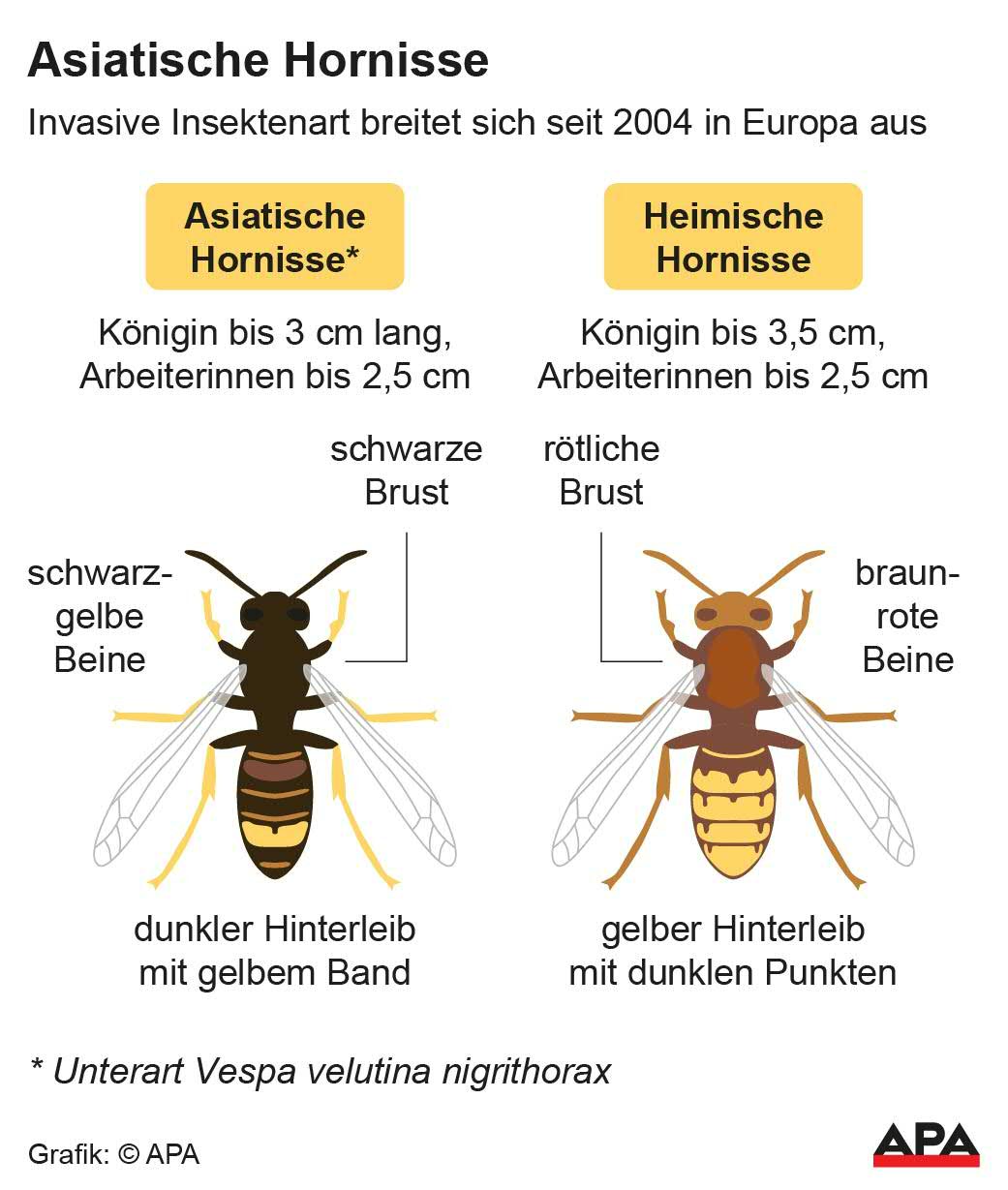Caution Against Asian Hornets: How to Protect Yourself

The Asian hornet is spreading more and more in Central Europe – including in Austria. It is not a welcome guest in the garden: It not only endangers native insect species but can also pose a danger to humans. The online platform MyHammer provides practical tips on how homeowners and gardeners can effectively protect themselves from an infestation.
Asian Hornet Dangerous for Bees and Humans
The invasive hornet species originally comes from Southeast Asia and is considered a threat to the ecosystem. A single hornet can kill up to 50 honeybees per day. This significantly contributes to the weakening of the pollinator population. It also poses a risk to humans: Its sting is painful and can cause serious reactions, especially in allergy sufferers.

"As with all pests, the same applies to the Asian hornet: Once the infestation is there, it becomes difficult to get rid of it," says a spokesperson from MyHammer. Sightings should therefore definitely be reported – for example, to local beekeeping associations or environmental authorities.
How to Protect Yourself from the Asian Hornet
Some simple measures help keep the animals away from the house and garden:
Remove food scraps
Hornets are constantly on the lookout for food – so make sure no food is lying around. Hornets love sweet fruit, so fallen fruit should be collected immediately. Food scraps for pets, wildlife, or in birdhouses also attract the animals.
Seal garbage
Open garbage bags emit odors that magically attract hornets. Therefore: Make sure to seal your garbage well and throw it directly into the bin. Compost containers should also remain closed. Place garbage and compost bins as far away from the house as possible.
Rely on certain plants
The scent of some plants, on the other hand, repels hornets – these include lemongrass or green mint. At the same time, they support bees and butterflies. It is best to plant these near your terrace and seating areas.
Prevent nest building
Asian hornets like to nest in trees or hedges. Regularly trimming your plants (please observe legal regulations!) removes potential nesting sites for the insects. Additionally, it is advisable to remove dead plant parts and seal ground holes to prevent underground nests.
No loopholes
Small cracks on eaves, roof overhangs, or in the masonry offer hornets ideal access to the home. Such loopholes can be easily sealed with putty – simply sand and paint over after drying. For hard-to-reach areas, a roofing company can assist you.
Set up a hornet trap
Special hornet traps are available in specialist shops. MyHammer recommends a model specifically designed for Asian hornets, so it does not catch other insects such as bees or butterflies. The trap should be placed in a tree, about head height, in a sunny location – preferably away from shaded areas. The cost is around 20 euros.
(Red)
This article has been automatically translated, read the original article here.





